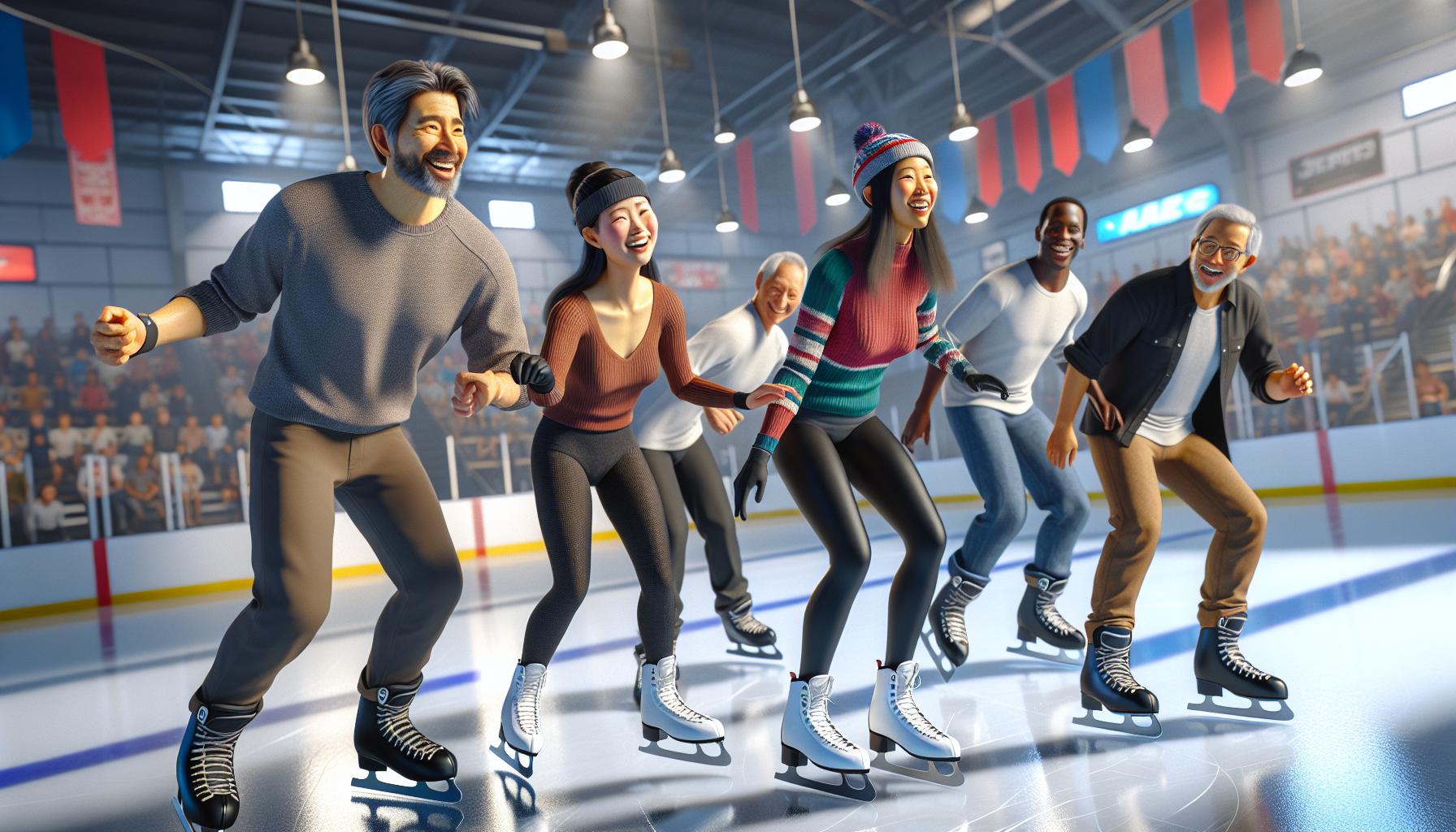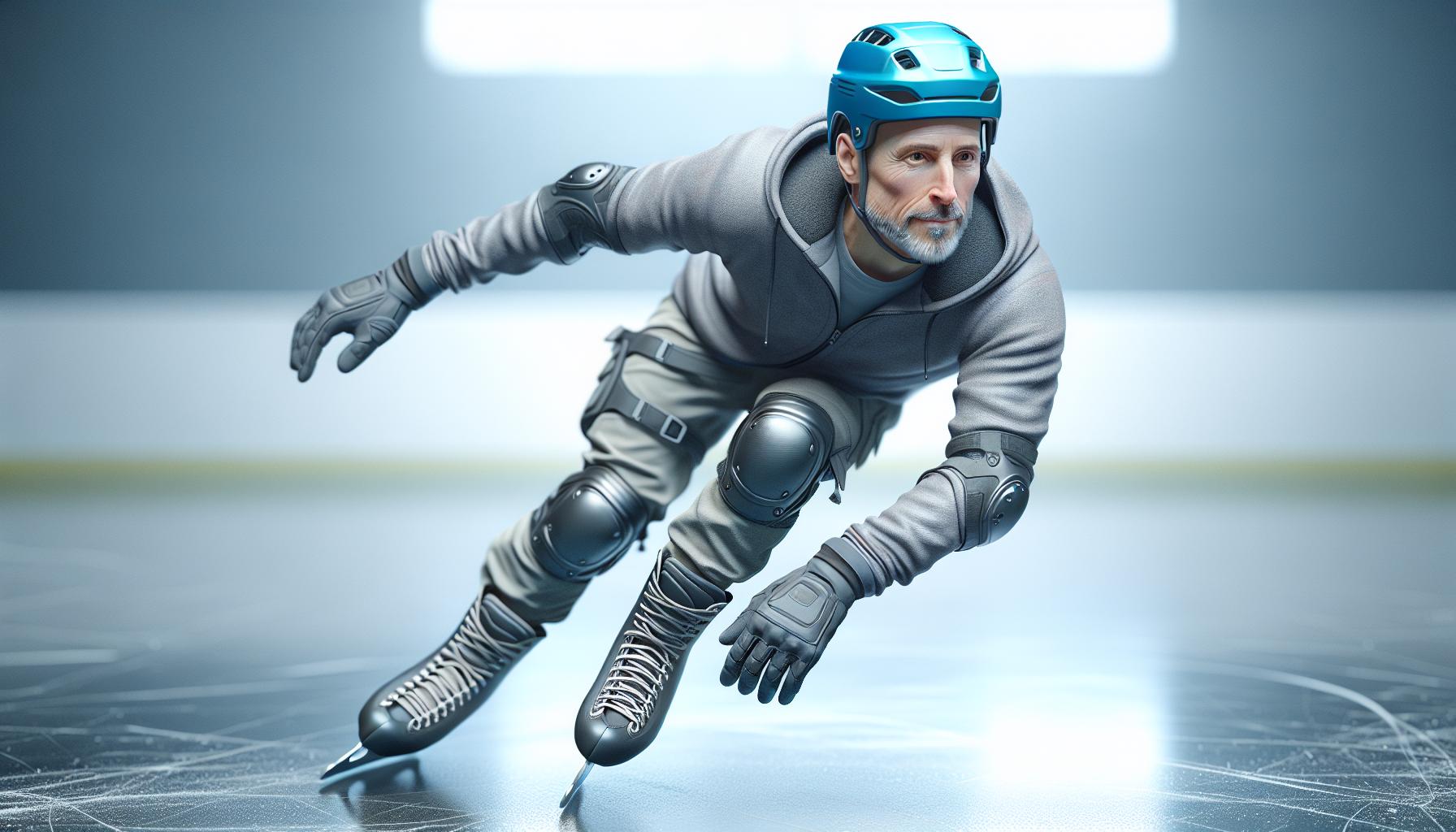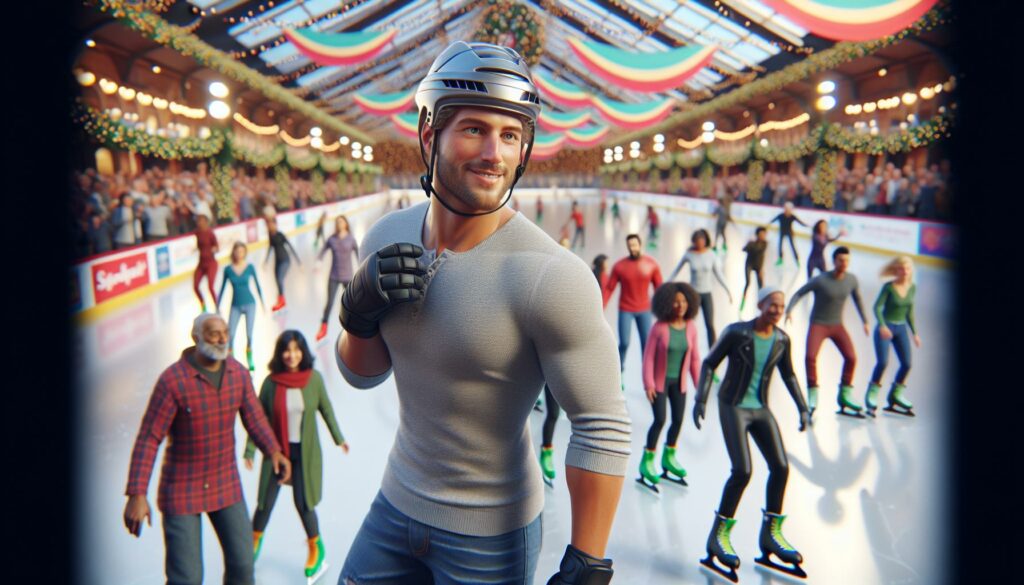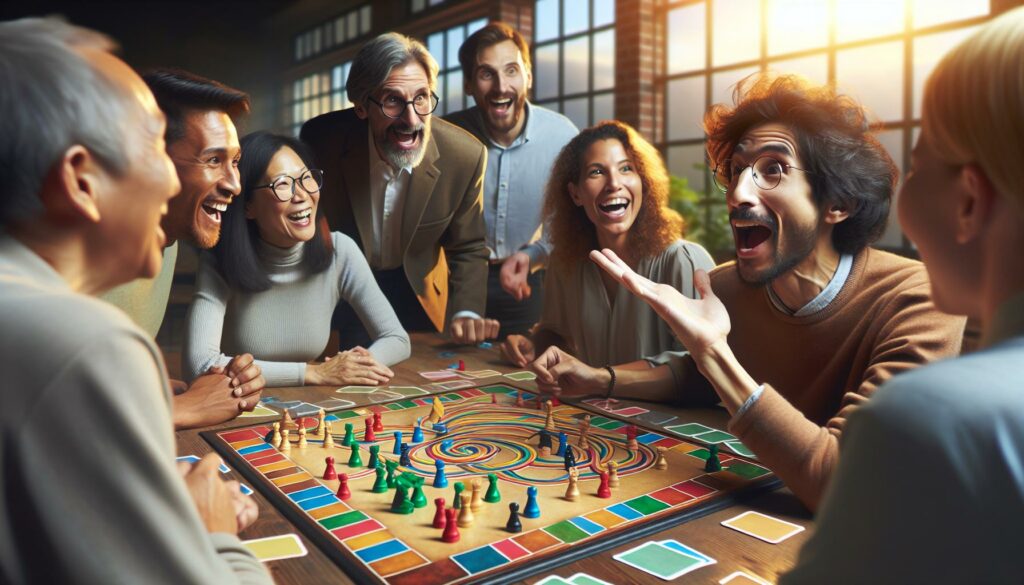Skating isn’t just for kids; it’s a fantastic way for adults to stay active and have fun. I remember the first time I stepped onto the rink as an adult. The excitement mixed with a hint of fear made it an unforgettable experience. Learning to skate can be a rewarding journey that builds confidence, improves balance, and connects you with a vibrant community.
- Skating as an adult offers numerous health benefits, including improved cardiovascular health, strength, and flexibility.
- Engaging in skating also promotes mental well-being by reducing stress and fostering social connections.
- Choosing the right skates involves considering factors such as fit, type, blade quality, and boot stiffness.
- Protective gear, like helmets and knee pads, is essential for minimizing injury risks while learning to skate.
- Selecting the right skate class or instructor significantly impacts the learning experience, with options for group classes or private lessons.
- Overcoming common challenges, like fear of falling and building confidence, can be achieved through gradual practice and positive reinforcement.
Learning to Skate as an Adult
Learning to skate as an adult provides various health and social advantages that can enhance overall well-being. Engaging in this activity contributes significantly to both physical and mental health.
Physical Health Benefits
Skating offers a full-body workout that builds strength, endurance, and flexibility. It engages muscles in the legs, core, and even arms during propulsion. Regular skating sessions improve cardiovascular health, helping to maintain a healthy weight and increase stamina. According to the American Heart Association, moderate aerobic activities, like skating, can reduce the risk of heart disease and improve circulation. Skating also enhances balance and coordination, which are crucial for overall physical stability as one ages.
Mental Health Benefits
Skating promotes mental well-being by reducing stress and anxiety levels. The combination of physical activity and social interaction releases endorphins, fostering a sense of happiness and relaxation. Engaging in this enjoyable activity can combat feelings of isolation and promote community involvement. Social skating events or classes offer opportunities to meet new people, build friendships, and share experiences. These connections enrich life and improve emotional resilience, contributing to an overall enhanced quality of life.
Equipment Essentials for Adult Beginners

Acquiring the right equipment is crucial for a safe and enjoyable skating experience as an adult beginner. High-quality gear boosts confidence and enhances learning.
Choosing the Right Skates
Selecting the appropriate skates involves considering factors like fit, type, and skill level.
- Fit: Ensure skates provide a snug fit without pinching. Trying on multiple sizes or brands helps find the ideal fit.
- Type: Choose between recreational skates, which offer comfort, and performance skates, designed for speed and precision. Recreational skates are perfect for beginners focusing on stability.
- Blade Quality: Opt for skates with good blade quality. Stainless steel blades often offer durability and better edge retention.
- Boot Stiffness: Consider the stiffness of the boot. Softer boots assist with comfort, while stiffer boots offer more support.
Protective Gear You Should Consider
Investing in protective gear minimizes injury risks during learning.
- Helmet: A certified helmet safeguards against head injuries. Look for a comfortable fit and proper ventilation.
- Wrist Guards: Wrist guards protect against sprains and fractures. Choose adjustable options to ensure a secure fit.
- Knee Pads: Knee pads cushion the knees during falls. Select ones that provide adequate coverage without restricting movement.
- Elbow Pads: Elbow pads absorb impact and protect from scrapes. Ensure they fit snugly yet allow for full range of motion.
- Padded Shorts: Padded shorts add extra protection for the hips and tailbone, an important consideration for beginners.
By securing the right skates and protective gear, adult beginners can set a solid foundation for a safe and enjoyable skating journey.
Finding the Right Skate Class or Instructor

Choosing the right skate class or instructor significantly impacts the learning experience. A well-suited class can enhance skills, ensure safety, and make the process enjoyable.
Group Classes vs. Private Lessons
Group classes offer a social environment, making skating fun and interactive. Many find camaraderie and motivation among fellow learners. Such classes often provide structured lessons at a lower cost, encouraging commitment. Private lessons, however, deliver personalized attention, allowing for tailored instruction based on individual progress. I can address specific challenges, receive immediate feedback, and advance at my own pace in a private setting. Weighing the benefits of each option based on learning preferences and budgets helps in making an informed choice.
What to Look for in an Instructor
Focusing on several key aspects ensures the right instructor selection. I check the instructor’s experience and qualifications, as a background in teaching adults often leads to effective instruction. I also assess their teaching style, verifying it aligns with my learning preferences—whether they emphasize patience, encouragement, or structured guidance. Communication skills play a crucial role; an instructor who articulates concepts clearly contributes to an effective learning experience. Finally, I consider the instructor’s approach to safety, ensuring they prioritize a secure environment with proper techniques and equipment.
Tips for Overcoming Common Challenges

Learning to skate as an adult presents various challenges, but with the right strategies, overcoming these hurdles becomes achievable. Here are some effective tips to navigate common difficulties.
Building Confidence on Ice
To build confidence on ice, practice gradually. Start with balancing exercises off the rink to acclimate your body. Focus on proper posture, keeping your knees slightly bent, and your weight centered over your skates. I find that setting small goals during each session, like gliding a few feet or completing a lap, provides a sense of accomplishment. Always remember to celebrate progress, no matter how minor. Surrounding myself with supportive fellow skaters or joining a group class fosters a positive environment, reinforcing belief in my abilities.
Dealing with Fear of Falling
Dealing with fear of falling can be daunting, yet it’s a natural part of learning to skate. I recommend embracing the idea of falling as a learning experience. Prepare by wearing protective gear like knee pads and wrist guards, which can cushion falls and reduce anxiety. Additionally, practicing controlled falls in a safe area can familiarize you with the sensation. Focus on keeping your body relaxed; stiffening up increases the likelihood of injury. Engaging in deep breathing techniques also helps calm nerves before hitting the ice. Falling becomes less intimidating when I realize it’s an integral part of mastering skating skills.
Embracing skating as an adult has been a transformative journey for me. It’s not just about mastering the moves; it’s about the joy of movement and the connections I’ve made along the way. Each time I lace up my skates, I feel a renewed sense of confidence and vitality.
With the right gear and a supportive community, learning to skate can be both safe and exhilarating. I encourage anyone considering this adventure to take that first step. The benefits extend far beyond the rink, enhancing both physical health and mental well-being. So why wait? Grab your skates and join me on the ice. You won’t regret it!



